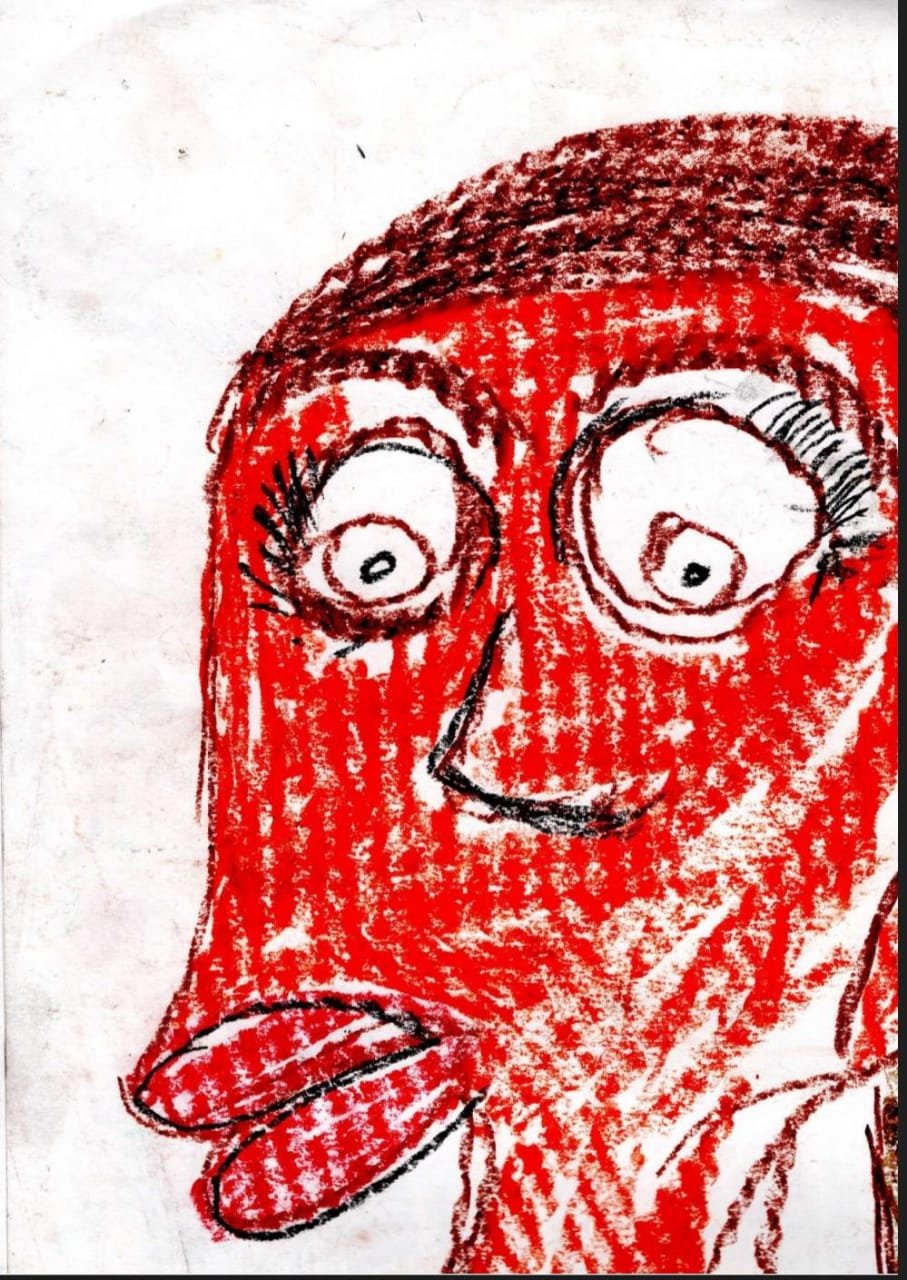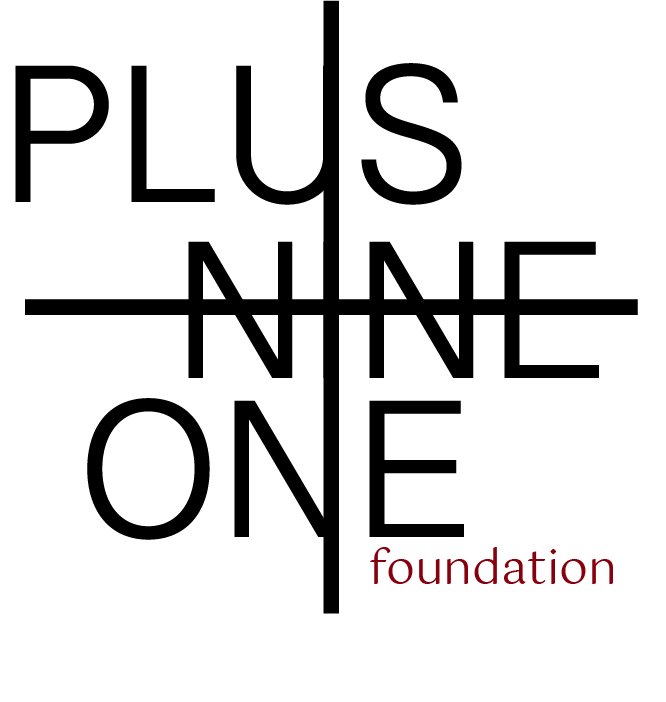
just: Art
Artworks made by our students
-
![]()
-
![]()
-
![]()
-
![]()
artist identity confidential per priosn rules
poster colour, A4
Byculla District Jail2025
-
![]()
-
![]()
artist identity confidential per prison rules
oil pastel, A4
Byculla District Jail2024
-
![]()
-
![]()
-
![]()
-
![]()
-
![]()
-
![]()
Our women’s class has got really into painting, and is finally starting to think about how to build compositions using the entire page. This class we set them the task of making mosaics — constructing a single image out of fragments of coloured squares. The goal was to combine what we’ve previously explored making patterns and mandalas and add colour to make images.
Our men’s class loves drawing faces. We often find portraits of themselves, each other, and their loved ones in their sketchbooks. They are trying to capture joyful memories of their lives outside of prison . Each face is an attempt to stay connected with people while they are physically separated from them.
The subject of our class was origami. I started by showing them how to fold a single piece of paper, carefully stressing the importance of forming an accurate crease, folding with intention and confidence, and replicating the folds to make building blocks for a bigger sculpture. The class very eagerly started making the pieces. Of course there were difficulties. Folding takes time and patience, but eventually once they knew how to make one, it was a meditative flow in which everyone was building together.
This week our men’s class in Byculla District Jail painted the trees around them: “I introduced them to painting foliage using poster colour. They have already done colour workouts in the past. First we used brush strokes to make the stem of the tree, and then I had them observe the silhouette of tree on the page.”
The subject of our class was learning to draw cylindrical objects. The foundation of being able to draft a cylindrical object is the ability to visualize ellipses as viewed from various ascending and
descending angles. To explain the concept of how an ellipse changes, we used a small plastic disc to help us visualize. Then we proceeded to direct the students to draw this disc as viewed from
different points of view.
I recently finished reading Annie Dillard’s beautiful book, "Teaching a Stone to Talk.” In it, she travels to various wild and wonderful places, including the Napo River in Ecuador. “The point of going somewhere like the Napo River is not to see the most spectacular anything. It is simply to see what’s there. We are here on the planet only once, and might as well get a feel for the place...”
Today’s class topic was tints and shades. We divided the class into two parts. In the first 30-40 minutes we introduced the concepts of monotone painting, tints, hues and how to achieve them.
The students created first created a series of 5 hues, followed by a series of 5 tints. This was done simultaneously along with the demonstration by the teacher.
We started by first explaining the basic proportions of the human body.
We then proceeded to explain the type of poses that work best for a gesture drawing session.
After that, the students started posing one by one. We started with 30 second poses for the first half of the class. The rest of the class tried to capture the gesture on their papers.
Storyboarding is not a drawing skill. Storyboard is writing a story visually. The Japanese animation industry understands that well.
So, the Ghibli is not a cartoon image, it’s a small town where stories grow organically. That’s why the world responds to these stories. There is no pressure on them to be “profitable” stories, political stories, ideological war fare stories or the moral stories. They are just stories. That’s what is Ghibli style.
This week our class travelled back to ancient India, to learn about the millennia-old doodle art form — mandala drawing. Mandalas have spiritual significance in Hinduism and Buddhism, and practitioners channel cosmic forces into their patterns as they enter a meditative headspace while doodling patterned shapes.
“The mandala gives a person a sacred space to meet their inner self” our teacher writes, in her class notes.
-
“I feel very fresh after attending the class. I want to keep working on the same thing after the class but we don’t have materials, so we wait for Wednesdays to come. I learn a lot from the class and enjoy it thoroughly. I request you, please don’t stop this class.”
- a student in our men’s class at Byculla District Jail
-
“I am increasing my patience and for some moments I am feeling calm. I realised I can be a better artist that I thought. I feel I have better confidence and concentration in the classes, and I am learning basic, important techniques. I am improving my artistic skills. I am connecting with like minded and artistic individuals in the class.”
- a student in our class in Byculla Men’s prison
-

-
“It makes me get diverted with my sadness. It makes me busy. Not to worry. Not to think about anything else but just the colours around me. It takes away the boring moments. When you sit in one place and do nothing, you become more tired. But when your mind is busy you feel very proud. You don’t get sad.”
a female student in Byculla District Jail, Barrack No. 4, UT no. 65
-

-

Imprisoned in Byculla District Jail, UT 53 is an undertrial awaiting. She attends just: Art classes regularly and says that art helps her release mental stress inside prison. Over time, we have seen her develop control over various mediums she’s working with — and now that we’re seeing her work with pen and poster paint, we’re really excited to see her future as an artist. You can see pages from her sketchbook on the link below.
Prison Guard
“Sometimes I think, if just one or two things in my life had gone differently, I would be a their place instead of mine."
Student
“Thank you so much for bringing joy in the midst of our frustration. This art bring something new reason to go on. I will always cherish this memories.”






























